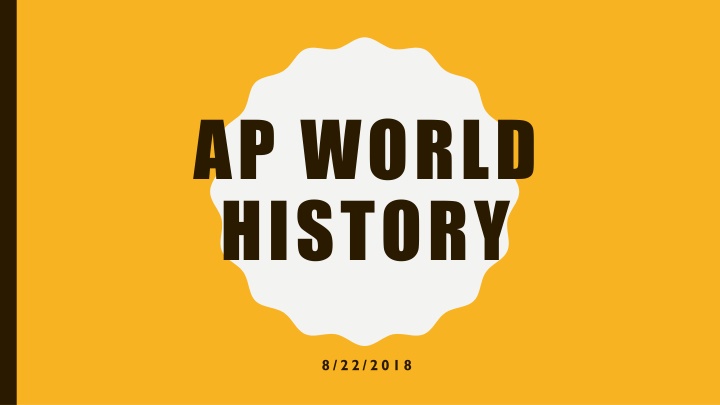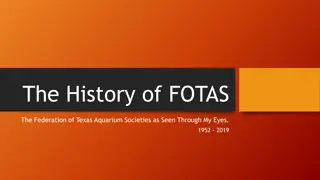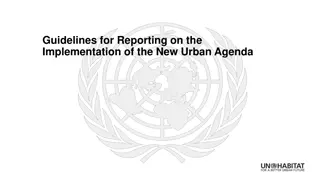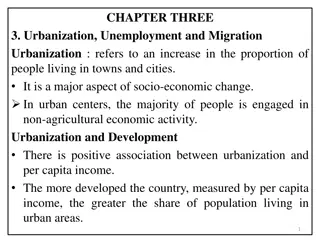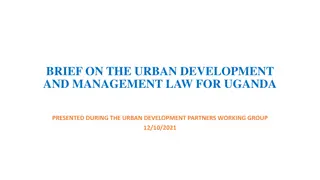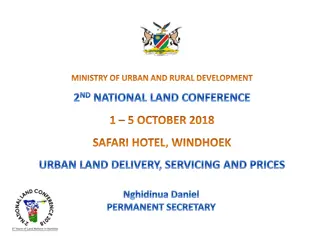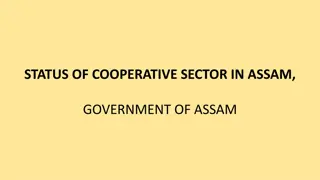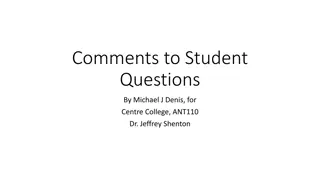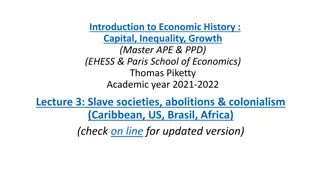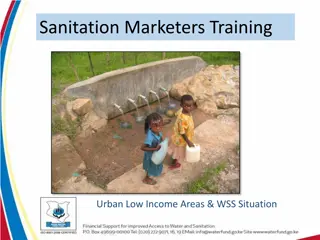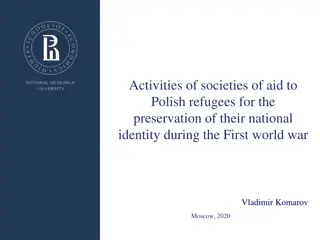AP World History Interactions in Early Urban Societies
Interactions in early urban societies, as depicted in inscriptions, provide insights into the development of trade networks, social hierarchies, and religious influences. Questions explore the context of inscriptions, social norms, and religious practices during specific historical periods.
Download Presentation

Please find below an Image/Link to download the presentation.
The content on the website is provided AS IS for your information and personal use only. It may not be sold, licensed, or shared on other websites without obtaining consent from the author.If you encounter any issues during the download, it is possible that the publisher has removed the file from their server.
You are allowed to download the files provided on this website for personal or commercial use, subject to the condition that they are used lawfully. All files are the property of their respective owners.
The content on the website is provided AS IS for your information and personal use only. It may not be sold, licensed, or shared on other websites without obtaining consent from the author.
E N D
Presentation Transcript
AP WORLD HISTORY 8/22/2018
USE THE FOLLOWING TO ANSWER THE QUESTIONS ON THE NEXT SLIDE. YOU HAVE 5 MINUTES TO READ:
1. Interactions described in the inscriptions are best understood in the context of which of the following? a) The desertification of the Middle East b) The development of trade networks c) Growing patriarchy in agricultural societies d) The tone of the first inscription best reflects which of the following developments in early urban societies? Government regulation of commercial activities 2. a) The mobilization of surplus labor b) The militarism of Mesopotamian city-states c) The appeal to religion as a source of authority d) The two tablets best support which of the following conclusions? The stratification of social groups 3. a) Mesopotamian society had highly developed legal codes b) Mesopotamian society had little trade with other regions c) Mesopotamians benefitted from pastoral nomadic technologies d) Mesopotamians developed systems to record commercial transactions
ANSWERS: 1. B ECON-12 Evaluate how and to what extent networks of exchange have expanded, contracted, or changed over time. Contextualization KC 1.3 III E 2. D SOC-2 Assess how the development of specialized labor systems interacted with the development of social hierarchies. Analyzing Evidence, Contextualization KC 1.3 III F D ECON-11 Explain how the development of financial instruments and techniques facilitated economic exchanges. Argumentation, Contextualization KC 1.3 III B 3.
BELLWORK 8/24: USE THE FOLLOWING TO ANSWER THE QUESTIONS ON THE NEXT SLIDE. YOU HAVE 5 MINUTES TO READ:
1. Compared to the regulations in the excerpt, Buddhist practices concerning gender roles in the period 600 BCE to 600 CE differed in that they a) Rejected the validity of marriage as an institution b) Offered women and men the possibility of monastic life as an alternative to marriage c) Gave the bride s mother, rather than the father, the primary role in making marriage decisions d) Which of the following conclusions about the period 600 BCE to 600 CE is most directly supported by the passage? Asserted that only marriages based on the free choice of both spouses were valid 2. a) The emergence of new religious traditions often challenged long-standing social norms b) Religious traditions were unaffected by the rapidly changing social norms of the period c) The codification of religious traditions reinforced existing social norms d) The views expressed in the excerpt are the best seen as evidence of which of the following in Mauryan society? Religious traditions and social norms were transformed by cross-cultural interactions 3. a) The persistence of patriarchy b) The absence of inter-caste marriages c) The social acceptance of children born out of wedlock d) Which of the following changes to Mauryan religious policy occurred under Chandragupta s grandson, Emperor Ashoka? The rulers lax enforcement of religious doctrine 4. a) The emergence of syncretic Indo-Greek system of religious belief b) The secularization of the Mauryan state c) The promotion of Buddhist teachings through edicts by the ruler d) The establishment of Islam as the dominant religion of northern India
ANSWERS: B CUL-1 Compare the origins, principal beliefs, and practices of the major world religions and belief systems. 1. SOC-5 Analyze ways in which religious beliefs and practices have sustained or challenged class, gender, and racial ideologies. Comparison KC 2.1 III C CUL-4 Analyze the ways in which religious and secular belief systems affected political, economic and social institutions. 2. SOC-5 Analyze ways in which religious beliefs and practices have sustained or challenged class, gender, and racial ideologies. Argumentation KC 1.3 III D and 2.1 I B A SOC-1 Analyze the development, continuities, and changes in gender hierarchies, including patriarchy. 3. CCOT and Contextualization KC 2.2 III D C CUL-4 Analyze the ways in which religious and secular belief systems affected political, economic and social institutions. 4. SB-2 Analyze how the functions and institutions of governments have changed over time. CCOT KC 2.1 II A
